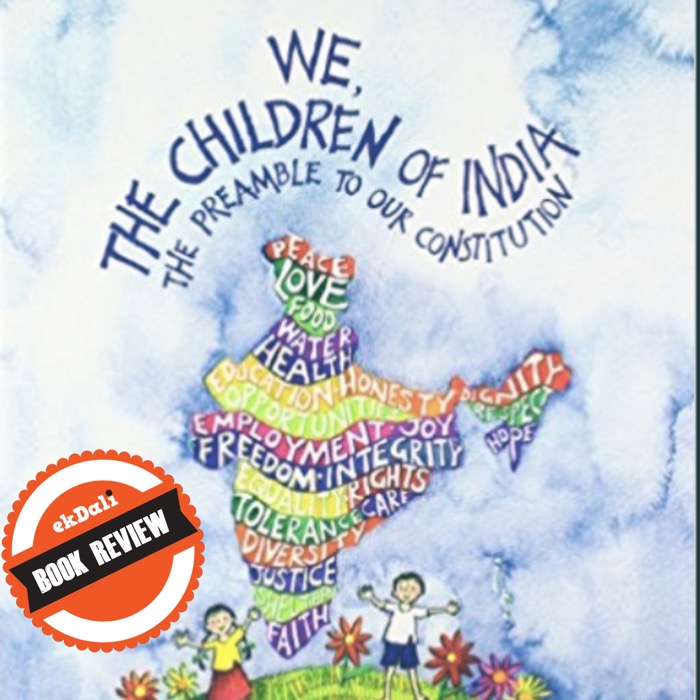<!--[if gte mso 9]><xml>
Should we talk to children about diversity? By talking to children about diversity to we amplify the differences? These are questions that we grapple with as parents to young children. Given the fact that we live in a country where the regional language changes every 250 kms, every 4th person you meet may be from a different faith, every other person you meet might belong to a different social class. The list of diversity is just endless and children ask questions and sometimes we are caught at a spot as to what to tell them.
As a person who runs an organisation that creates children's products, I often work closely with children and also get to meet child psychologists and other professionals who work closely with child well being. If the child is discerning enough to ask questions about diversity then the time is right to talk about it.
"We, the children of India" is a beautiful book that every young citizen of India must read. It explains the preamble to our constitution in very very simple words. Simple is one of the toughest things to get. The real test of whether one has grasp on the subject or not is whether one can explain to a child. The author Leila Seith was the first woman judge of the Delhi High court and her expertise in the subject shines through in the simplicity with which the subject is presented. This coupled with really beautiful illustrations by Bindia Thapar will make it really easy for us as parents to read the book/ guide the children to read the book.
Not only will this book help us to explain the foundations on which our country was built but also help us in building conversations around the diversity we find in our country. Socialism for example is explained thus
everyone should have enough food
everyone should be able to go to school
everyone should have a safe home
everyone should be able to lead a healthy life and be able to go to a doctor when they need to
This immediately includes everybody and explains a very basic concept in a very simple way that a child can understand. What is sovereignty? What is Democratic Republic? If we have trouble explaining it in simple terms, then this book is a good read even for us
<!--[if !supportLineBreakNewLine]-->
<!--[endif]-->
Educational Value: 5/5
Publisher :Penguin Books India
Author : Leila Seth
Illustrator: Bindia Thapar
About the Reviewer:
Roomana Basha: Mother to a book lover | Founder and CEO ekdali.com | Loves books - Currently reading The Ivory Throne by Manu S Pillai | Fitness Freak
<!--EndFragment-->


























